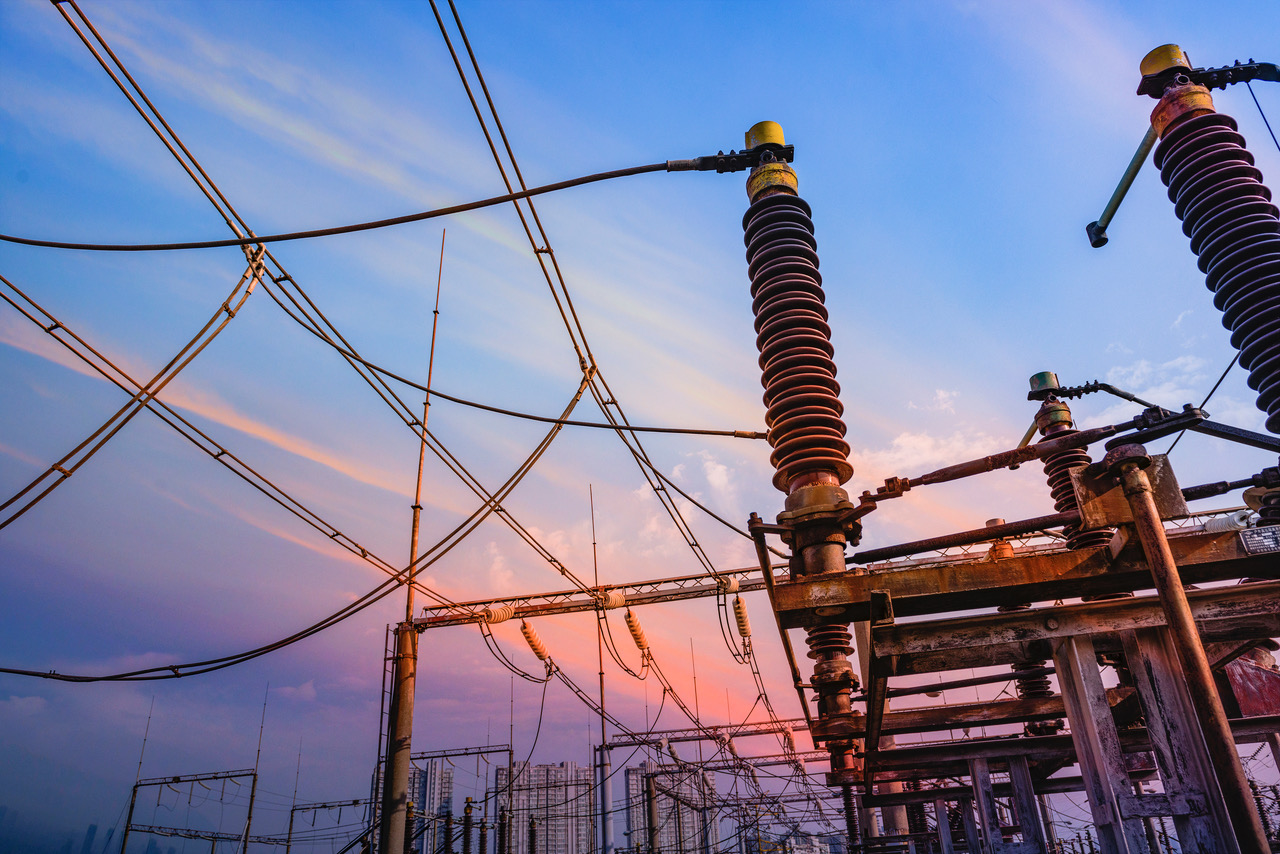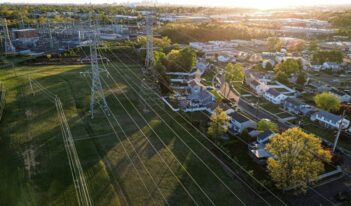
Recent proposed rule can be better understood by considering the fate of the Clean Power Plan in the Supreme Court.
The Trump Administration recently took the latest step in its effort to overhaul climate change regulations put in place under the Obama Administration. If finalized, President Donald J. Trump’s proposed Affordable Clean Energy Rule (ACE) would replace the Clean Power Plan (CPP), the Obama Administration’s signature environmental regulation aimed at reducing carbon dioxide emissions from generating plants. ACE’s more lax emission standards clearly fit within this current Administration’s deregulatory goals, but they also likely are needed to clear many of the legal hurdles that doomed the CPP.
Issued by the U.S. Environmental Protection Agency (EPA) in 2015, the CPP aimed to reduce carbon dioxide emissions primarily by requiring states to demand the owners of electric plants to switch from reliance on generators that use high-emission fuels such as coal to generators that use lower-emission or zero-emission fuels. The CPP never went into effect because it was stayed by the U.S. Supreme Court in February, 2016 amid legal challenges by various states and industry groups.
Just a week ago, President Trump’s EPA proposed ACE to replace the CPP. ACE would not require that owners of generating plants reduce their reliance on generators that use high-emission fuels and increase their use of technology that uses low-emission or zero-emission fuels. Instead, the proposed rule would set “emission guidelines” and require states to submit plans to reduce generating plant emissions. The rule would identify “candidate technologies” for states to use in these plans to make on-site efficiency upgrades to individual generating plants.
Many people compare the CPP with ACE, and they conclude that ACE is bad policy because any emissions reductions that ACE might yield are much lower than the emissions reductions that the CPP would have produced. For instance, in a front page headline, The New York Times refers to the Trump EPA’s “intention to replace the Obama-era Clean Power Plan” with ACE. The reporters then criticize ACE because the proposed rule would “add another 47 to 61 million tons of CO2” and increase emissions of particulate matter by an amount that “could lead to as many as 1,400 premature deaths a year by 2030.”
Those statements, however, are based on the assumption that the CPP would be in effect if EPA did not replace it with ACE. That assumption is false. The CPP is not in effect, and it would not be in effect today even if President Obama were still in office.
The five-justice majority that voted to stay the CPP did not explain the Court’s unusual decision to stay the rule before any court had occasion to review its merits. Given the criteria for issuing a stay, however, that decision must have been based on five justices’ belief that the petitioners were likely to prevail on the merits of their legal challenge against the CPP. Since the Trump EPA later abandoned defense of the merits of the rule, no court has ever ruled on its merits.
As Emily Hammond and I explained in a 2016 article, the strongest argument the petitioners made against the CPP in their request for a stay was based on what is often called the “beyond-the-fence-line” issue. The petitioners argued that EPA’s regulatory power was limited to requiring changes to individual generating plants that could be made within the fence line of a plant. They argued that EPA did not have the regulatory authority to require plant owners to substitute low-emission or zero-emission generating plants for high-emission coal-fired plants, because that would require the owners of generating plants to take actions “beyond the fence line” of an individual generating plant.
Fuel-switching requirements were central to the CPP and its carbon emission reduction goals. One main part of the plan would have required states to reduce emissions from high-emission coal-fired generating plants by requiring owners of those plants to switch to plants that use lower-emission natural gas. The second main part would have required states to reduce emissions from generating plants by requiring owners of plants that use fossil fuels to switch to plants that rely on zero-emission sources such as solar and wind. A third part would have accomplished a much more modest reduction of emissions by requiring owners of some generating plants to improve the rate of efficiency at which the plants operate.
The petitioners argued that EPA could not require mandatory fuel switching because this requirement did not qualify as a “standard of performance” within the meaning of Section 111 of the Clean Air Act, the statute that EPA relied on as the basis for issuing the CPP. Petitioners argued that a standard of performance must refer to something that can be done at a plant site—such as a required improvement in the efficiency of a generating plant or addition of a pollution control device that would limit emissions from a plant. If that argument is right, EPA could not regulate “beyond the fence line” of a generating plant by requiring owners to substitute low-emission or zero-emission plants for higher-emission plants.
If I am correct about the reason the majority stayed the CPP, the Obama Administration could have successfully defended the merits of the two main parts of the CPP only by persuading five justices that they were wrong when they predicted that the petitioners would prevail on the merits. That was a theoretical but highly unlikely possibility. If the majority adhered to its preliminary belief that EPA cannot regulate “beyond the fence line,” the Obama Administration would have been able to defend successfully only the relatively minor part of the CPP that required the owners of some generating plants to improve the operational efficiency of their plants.
It is impossible for EPA to reduce emissions from generating plants significantly without regulating “beyond the fence line.” EPA officials in the Obama Administration and many scholars who share their desire to mitigate climate change have searched in vain for other ways in which EPA can use its existing statutory authority to further that goal.
In other words, any replacement for the CPP that could survive Supreme Court review necessarily would provide only a small fraction of the emissions reductions that the CPP would have produced. To evaluate ACE, the expected effects of ACE on carbon emissions should be compared with the status quo ante—that is, the level of emissions that would be produced by a regulatory system that includes neither ACE nor the CPP. If ACE would reduce emissions using that basis of comparison, it would accomplish an improvement in air quality, albeit a modest improvement.
The comparisons of ACE’s expected effects with the CPP’s expected effects, however, do serve one useful purpose. They illustrate the ability of Congress to significantly reduce emissions of all pollutants by enacting a statute that gives EPA more effective tools to mitigate climate change—or, even better, a statute that imposes a substantial tax on carbon. Such a statute could yield emissions reductions far greater than the CPP would have produced, along with improvements to social welfare measured both in terms of climate change mitigation and human health.




